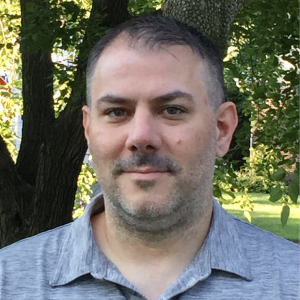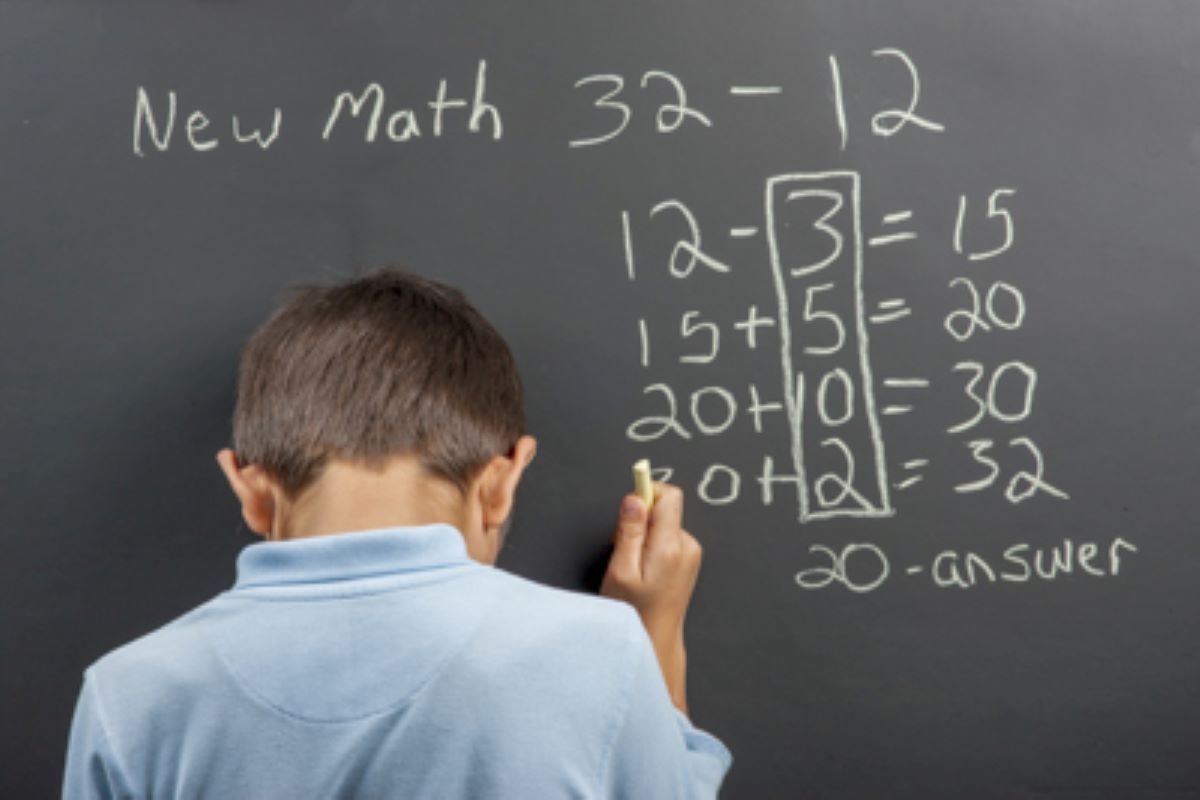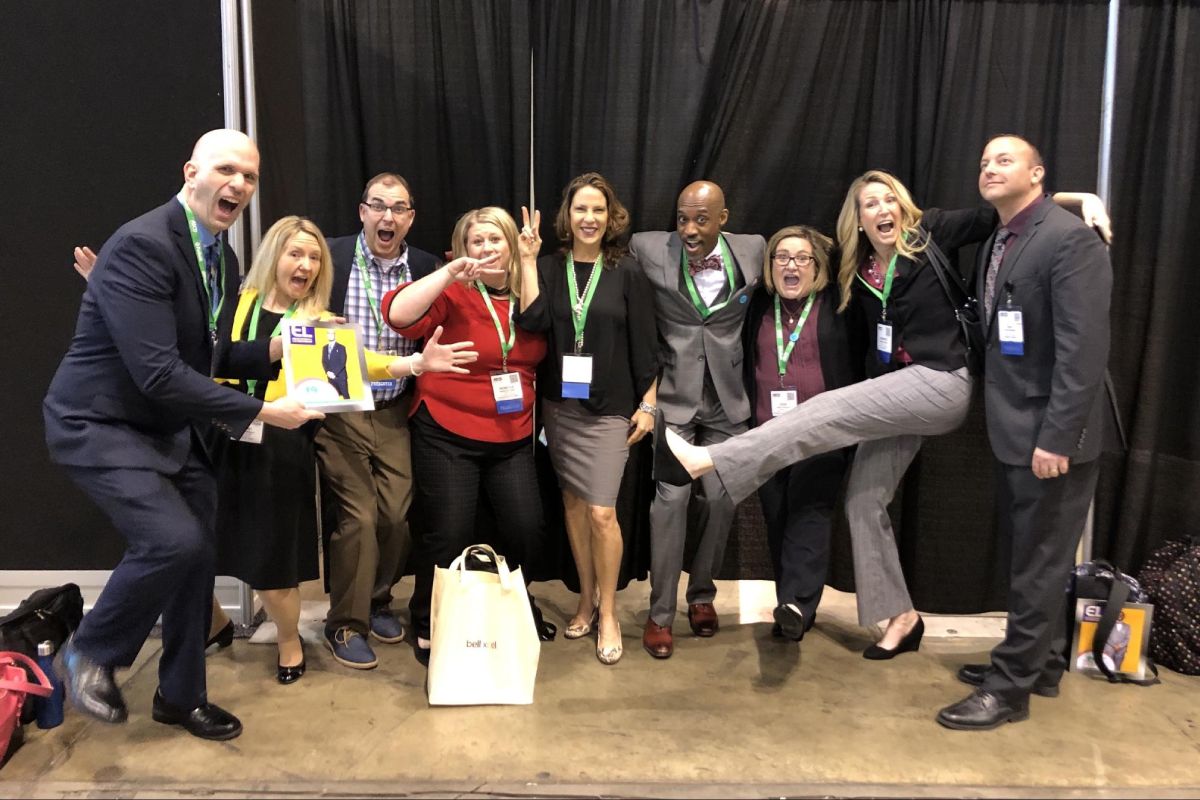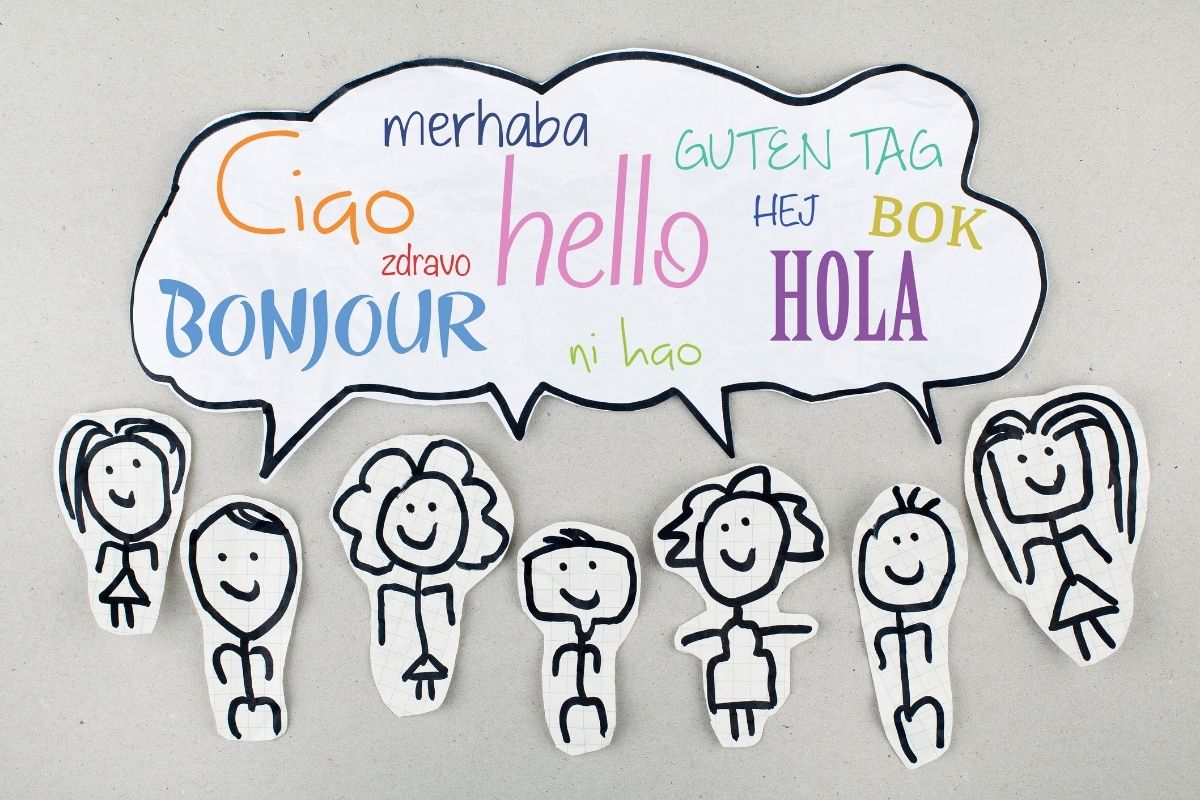Differentiating Support with the Learning Progression Method
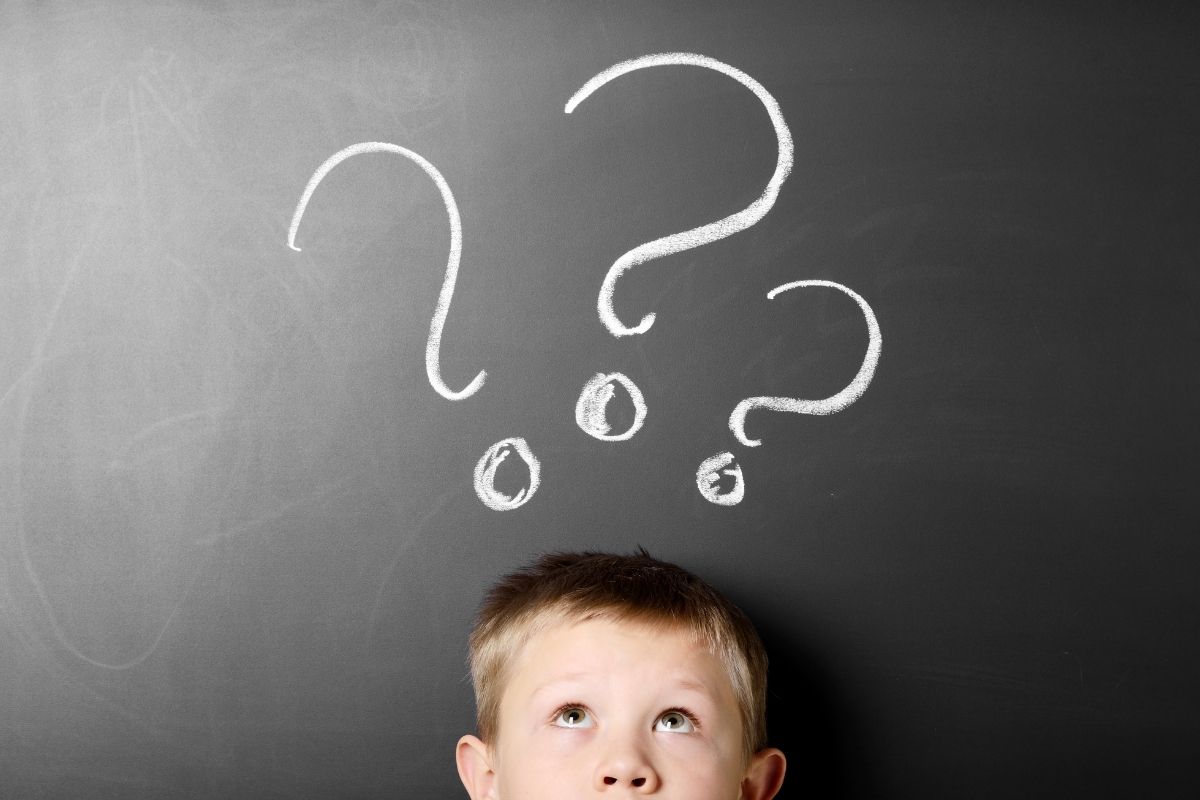
Within a given assignment there are many different things that you can assess, which include comprehension of content and educational practices. Educational practices are skills that are embedded into each course. For instance, the NGSS Science practice include problem-solving, experimental design, data analysis, and constructing arguments from evidence to name a few. We took these practices and turned them into learning progressions that have student friendly language to help guide students in their learning. For this post, I’ll focus on our progression Creating Explanations and Making Predictions because it is something that most if not all educators can relate to.
The Anatomy of a Learning Progression
Each learning progression has the same basic framework, so there is consistency in how we’re discussing learning. You can see the progression below.
Creating Explanations and Making Predictions
The goal is to show what physics you know and can apply from the current unit of study. The physics can take the form of overly stated definitions, laws, mathematical models, equations, or relationships.
- Not Enough Evidence – I do not explain my reasoning or make predictions.
- Beginning – I write an explanation or prediction that addresses the reason why I answered the question using information from this unit.
- Developing – I use relevant terminology and/or state relevant Big Idea(s) in my explanation or prediction.
- Proficient – While making an explanation or prediction, I can correctly choose and overtly state relevant physics.
- Advanced – I produce an accurate explanation or prediction that fully ties all of the relevant physics concepts to the correct answer, in a familiar situation.
- Expert – I produce an accurate explanation or prediction for a complex situation. This may require the use of multiple steps and/or multiple Big Ideas, applying previously learned material when necessary.
Each progression starts with what “trying” looks like. That is the Beginning level of the progression. The level of sophistication increases with each level until there is a complete integration of content and skill at the Expert level. The early levels (I use the term early instead of lower because these steps are foundational and it’s not a comparison to other levels.) of the progression are meant to guide students in constructing their responses, while the subsequent levels guide the integration of content knowledge into the framework of the response. The content this will assess is intentionally left generic so that these progressions apply to any content, showing the ongoing nature of development.
Creating Assessments
With these progressions in place, we developed opportunities that any student could engage with (low-floor) but students that had acquired additional knowledge and skills could expand on (high-ceiling). Although these skills are pervasive throughout the course, progressions are separated into categories where these opportunities naturally fit and are easier to assess and provide descriptive feedback. Our categories are Lab Skills, Project Skills, and Checkpoint Skills (like quizzes with some key differences). Continuing with Creating Explanations and Making Predictions, we could use something similar to the following prompt:
Two identical balls moving at the same speed each strike a block resting on a table. One block is double the mass of the other. What would happen to the blocks as they were struck.
There are many different ways to answer this question. Even someone without a deep understanding of physics can engage with this question.
Differentiating Support
Whatever the response to this prompt is, it’s fine. We are just trying to identify where a student is in terms of the learning progression and provide feedback that can move them to their next developmental level. A student who is just beginning to develop this skill might respond:
Both blocks would fall over because they’re getting hit.
They have now just provided me an entry point into the conversation. At this point I can ask a guiding question that can lead them to the next level of development or reveal an area of opportunity to provide other supports. That might look something like:
Me: Ok, great! Is there any physics we’ve been studying that you could use that would support that statement?
At this point the student could respond by either stating some physics concepts or revealing that they’re not too sure of the things we’ve been studying and wouldn’t even know where to start. Either way, I know what my next steps are for that individual student. If the student is familiar with the content, they would need a reminder to include it in their responses going forward. A student that had not yet comprehended the material would get a mini lesson on it.
For another student in the class that has a thorough understanding of the physics and how to construct an explanation, there response might be:
Newton’s 2nd Laws states that acceleration is directly proportional to force and inversely proportional to mass, so the block with less mass will accelerate at twice the rate.
This student would be met with extension questions that would challenge them to relate this to other concepts we are studying or how this concept could be practically applied. Regardless of where a student is in their development, I can have a conversation that would bring them to their next developmental level.
We use a similar approach for all skills. The only difference is the type of practice and language we use to discuss each.
Shifting Mindsets
As we continue to model this feedback loop and provide students with the framework and language to engage in this process, they begin to communicate their needs. For instance, in a lab setting, a student may state that they know what equipment to use to collect data but are unsure of how to limit experimental error. On that same lab, another student may ask for assistance in creating a mathematical model. Students begin to take control of their own learning and put the focus on what they individually need in that moment. They become active participants, as opposed to passive recipients, in their learning.
Final Thoughts
We know that students have different strengths, interests, and experiences, all of which influence how they engage with teachers and content. To complicate things even further, these experiences change daily, potentially changing the way each individual student approaches class each day. In addition to the insurmountable volume of work it would be to create all of the individual practice opportunities needed, this ongoing variation makes it impossible to predict student needs and develop the appropriate supports. Shifting to a flexible framework that provides guidance for progress allows me to honor all of these experiences, meet students where they are, and provide what they need in that individual moment. It is not about what I want them to do. It is about how I can add value for them.
This article was original published at reimaginedschools.com.
This article is available and can be accessed in Spanish here.

